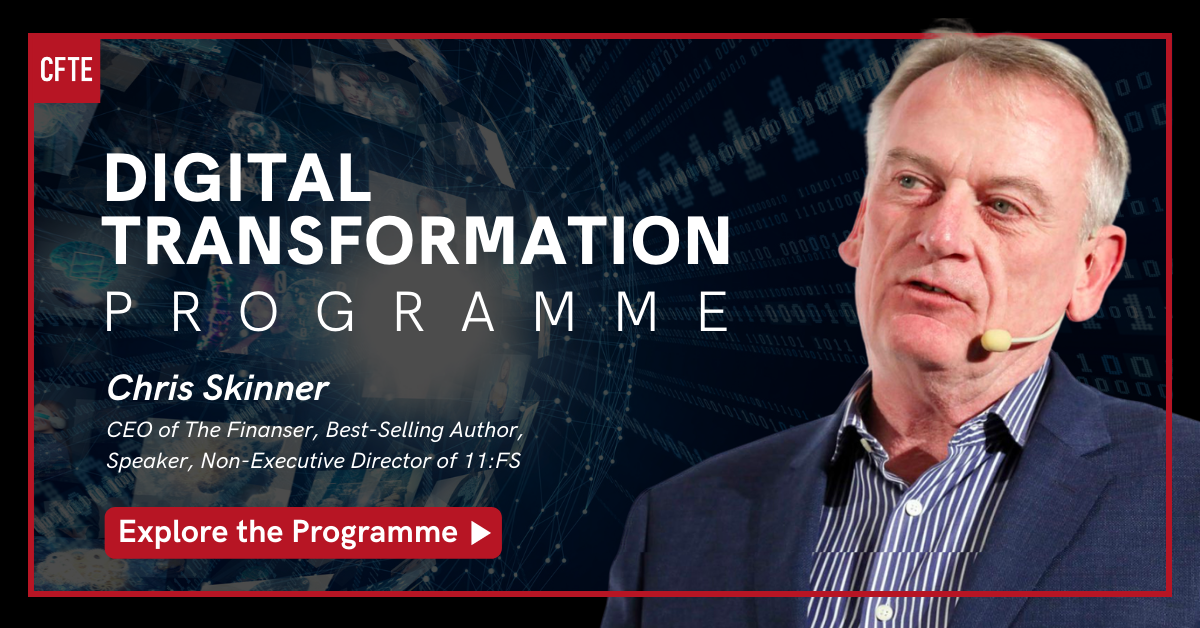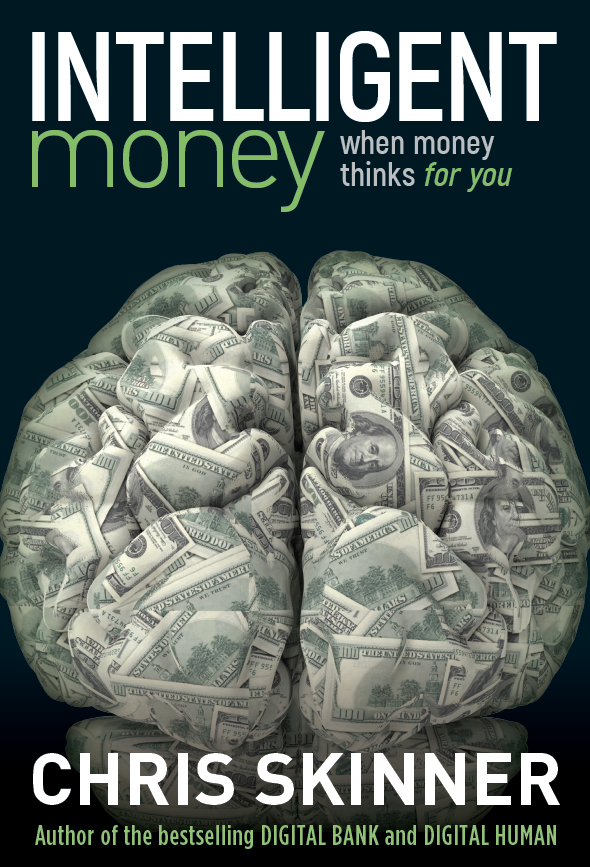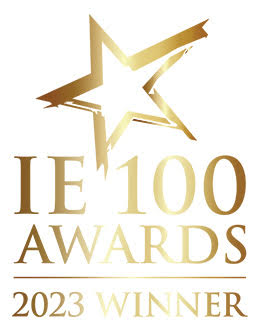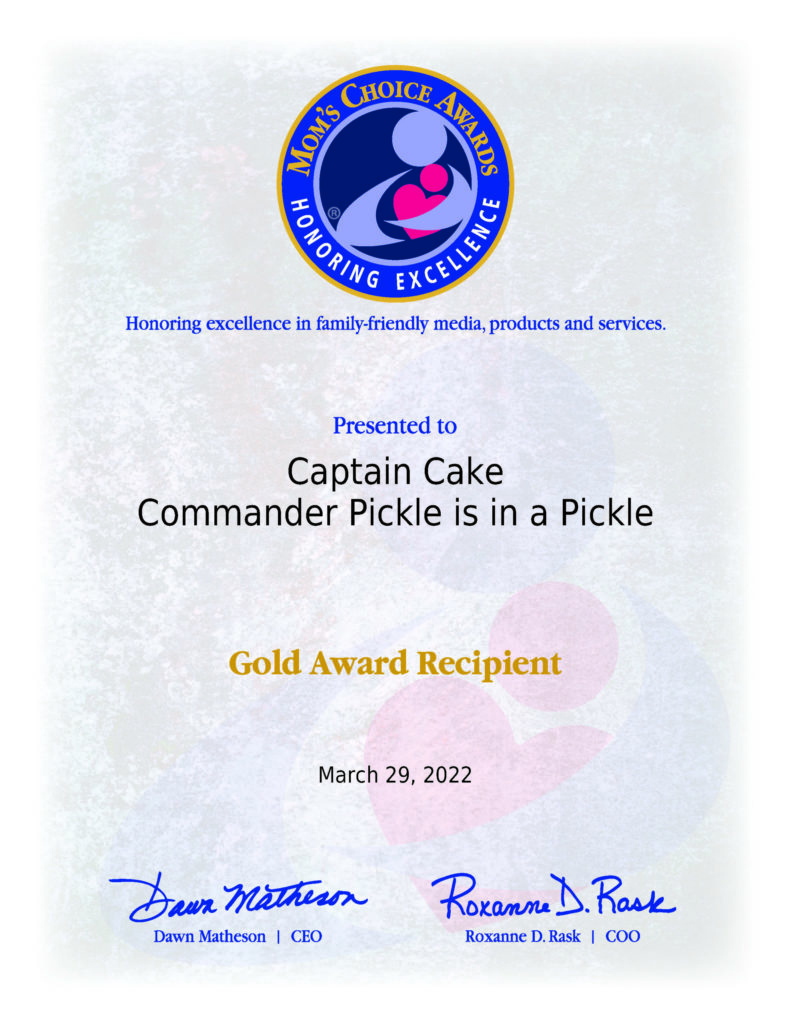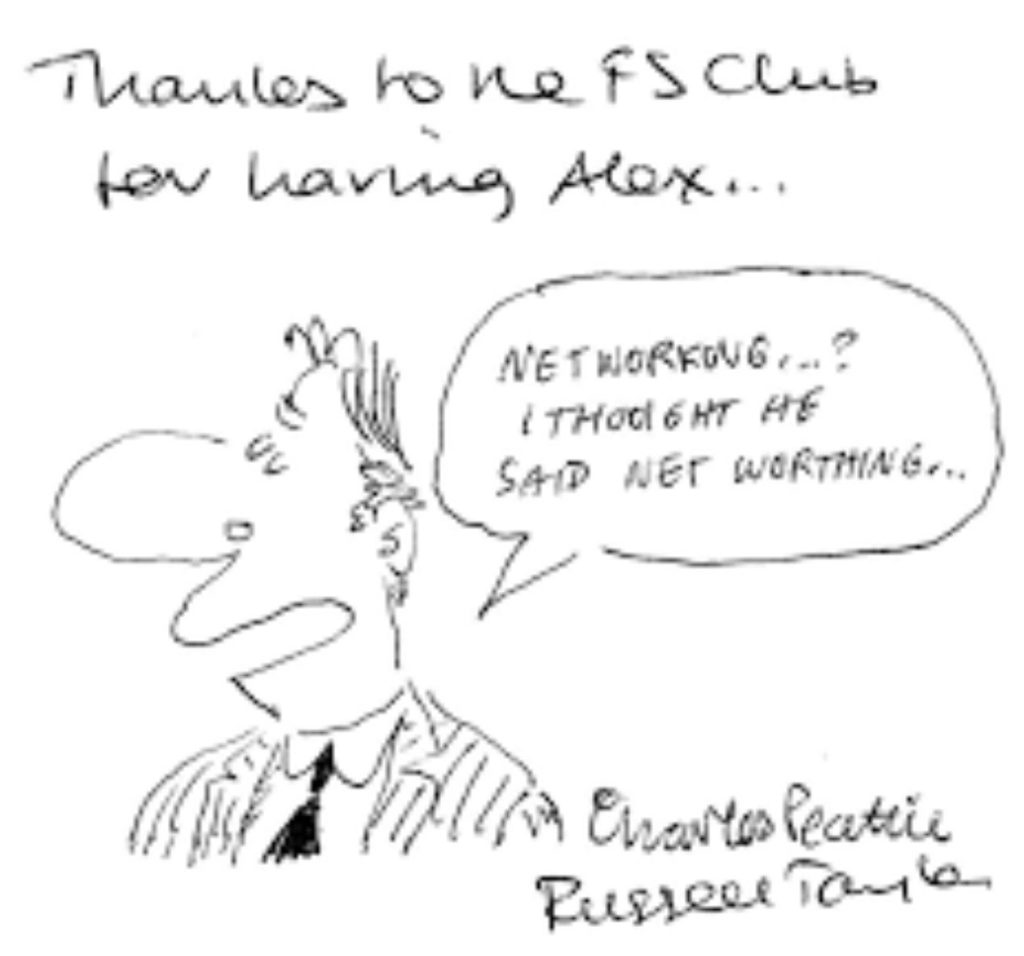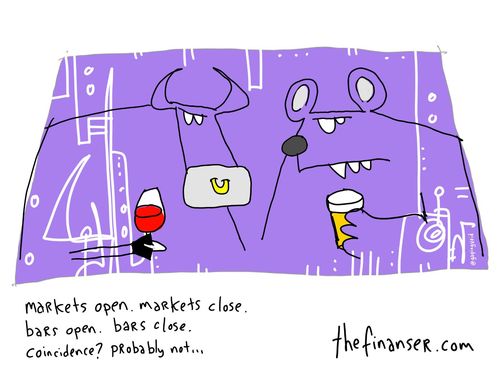
So lunch was topped and tailed by two sessions on technology and its impact on banks today.
The first was from Peter Sondergaad, Financial Services lead at Gartner Group and the second was the next innotribe stream session on social data.
Both had common themes around social, mobile, data and cloud, but with slightly different nuances.
In Peter’s session, it was all about how things are developing going forward, with billions of computers arising from laptops to tablets, mobiles to televisions.
He said that this would lead to more need for cloud computing and that banks today have got it wrong when they say cloud is insecure.
In fact, “some banks want cloud to be more secure than their current core systems for some reason”, and that does not make sense as cloud will be critical to manage big data.
Big data, a term Peter doesn’t like, will mean that banks become more adept at managing data and extracting value from it. As a result, “banks will move from payment hubs to payment clouds, and must architect for this infrastructure today”.
Equally, as the world develops into one where everything is wirelessly communicating, “machines will be choosing what their users want in the next few years, instead of the user ... which is why the CMO will soon have a larger IT budget than the CIO.”

Interesting.
Peter wrapped up by quoting Clay Shirky, who said that “It's not information overload. It's filter failure”, and that banks need to understand that “we are not talking about Big Data, but pattern-based architectures. How do we detect patterns of behaviour to increase margins and minimise risk.”
As several people commented via twitter: what’s new about that?
Banks have had to focus upon pattern based architectures analysis for years – that’s who we manage risk and fraud – so continuing this in a Big Data world is just an evolution of our former state.
That theme was continued into the innotribe stream on social data and collaboration, with contributions from:
- Tom Coombes, CEO, Cognito
- Dion Hinchcliffe, Executve Vice President of Strategy, Dachis Group
- Howard Lindzon, CEO, StockTwits
- Boxley Llewellyn, Director of Growth Initiatives - Financial Services Sector, IBM
- Daniel Marovitz, Managing Director, Buzzumi
- Darius Miranda, Vice President Social Business Strategist, Wells Fargo
- Pol Navarro, Head of Direct Channels and Innovation, Banco Sabadell
This session explored many areas of social media developments, new forms of value exchange, the growth of social analytics and the need for strong filtering.
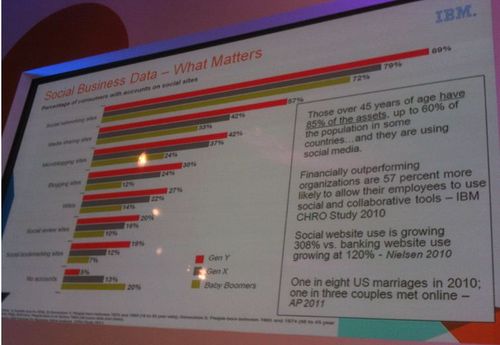
The highlight for me was Dan Marovitz’s story about the Federal Prison in the USA where, until 2004, cigarettes were the main form of currency as real US dollars are banned.
However, to make prisoners healthier, cigarettes were banned from jails in 2004 as well, and so the inmates had to find a new form of currency.
And mackerel is it.
Mackerel, the fish.
Mackerel is traded in packets as a form of protein, as protein helps to build muscle density which makes you a better fighter.
So prisoners trade fish.
Anything, in other words, can be a form of currency as money is just a belief. If you believe it has value, then so it does, and hence it can be traded.
Another key from this session was the discussion of data and a comment that banks have traded historically on data scarcity but, in today’s world of Big Data, banks business models are potentially threatened due to data abundance.
The answer is no.
Banks have a great opportunity, if they learn to leverage data and filter it effectively into new forms of value for their customers.
And I guess that’s the biggest challenge.
How do you create value from the information you can mine from customer data.
This is the pivotal point we are at today as alternative currencies, personal financial management, ubiquitous information and context-based marketing arises.
Banks have this huge opportunity to leverage customer data.
The real question is: are they ready to take it?
Anyways, both sessions – the innotribe and the Gartner keynote – left me feeling somewhat unsatisfied, as they both discussed technology developments at a highly generic level of dialogue rather than specific to the banking community.
I’m sure that will have changed by the end of the week.
Meantime, same bat-time, same bat-channel and off to another keynote.
Chris M Skinner
Chris Skinner is best known as an independent commentator on the financial markets through his blog, TheFinanser.com, as author of the bestselling book Digital Bank, and Chair of the European networking forum the Financial Services Club. He has been voted one of the most influential people in banking by The Financial Brand (as well as one of the best blogs), a FinTech Titan (Next Bank), one of the Fintech Leaders you need to follow (City AM, Deluxe and Jax Finance), as well as one of the Top 40 most influential people in financial technology by the Wall Street Journal's Financial News. To learn more click here...





